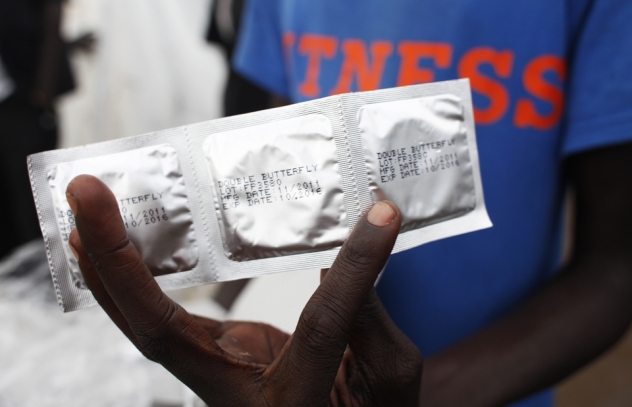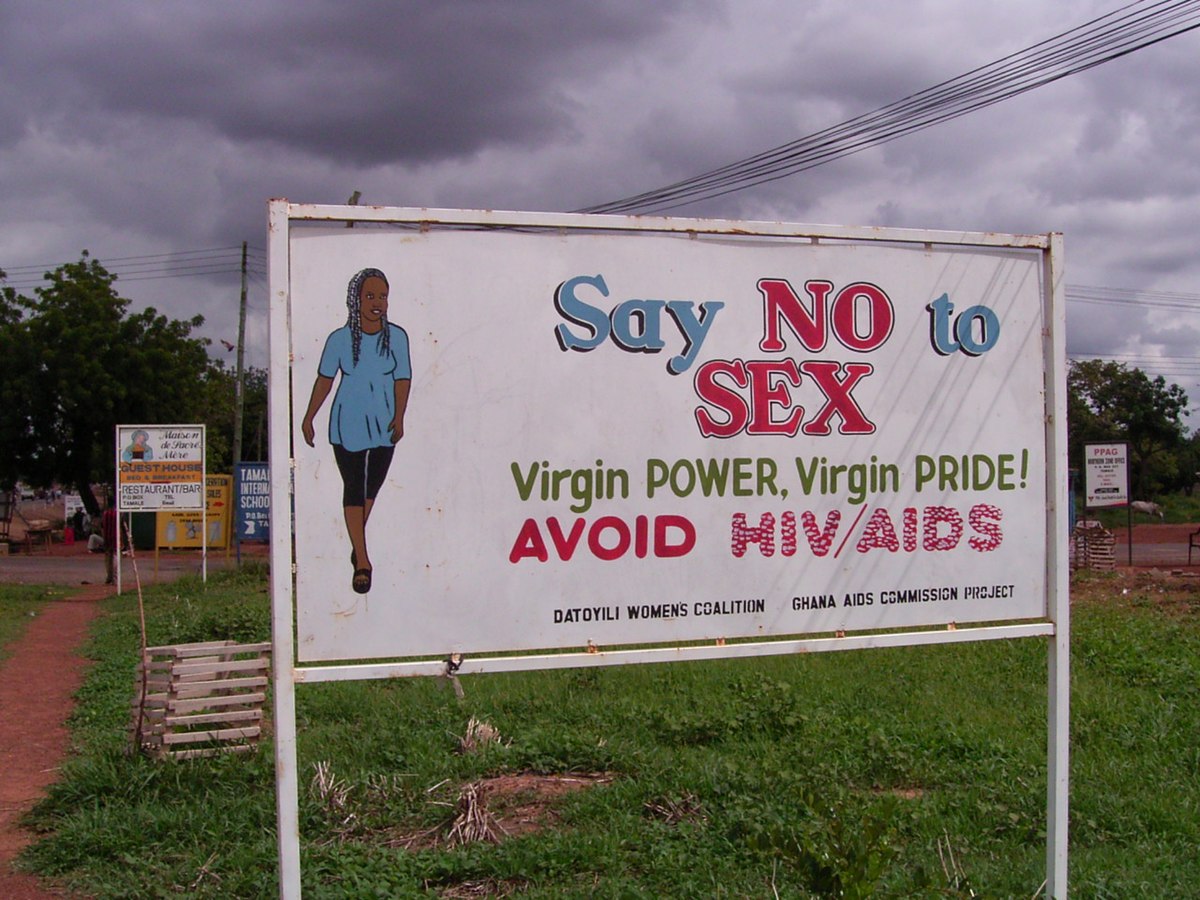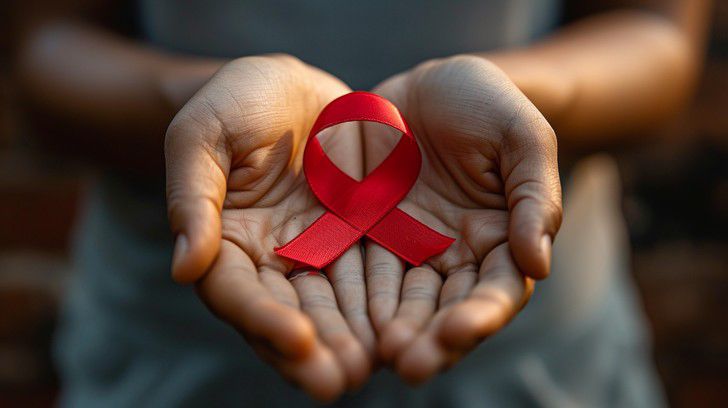

Imagine walking through the busy streets of Accra, everyone moving so fast, trying to catch up with the rising cost of living. However, beneath the vibrant exterior, a silent crisis is brewing. Picture yourself among the crowd, unaware that one out of every 20 adults you pass might be living with HIV. The rise in HIV cases in Ghana is not just a statistic; it's a stark reality that confronts us with tough questions. Are we witnessing a surge in promiscuous behaviour, or have we become too complacent, and less afraid of the deadly consequences of this virus?
Recent conversations surrounding HIV infections in Ghana have been marked by troubling data and pressing questions. The 2023 national and sub-national HIV and AIDS estimates revealed that 17,774 people—6,457 males and 11,317 females—became newly infected with HIV last year. This statistic translates to about 50 new infections daily, as reported by the Ghana AIDS Commission.
This rise in new infections comprises various age groups, including 4,869 youth between 15 and 24, 1,698 children under 15, 1,520 adolescents between 10 and 19, and 16,076 adults above 15. Despite a 14.8% decrease in new infections from 2013 to 2023, Ghana has not met its annual target of a 17% reduction in new HIV cases. Projections for 2023 to 2030 aim for a 41% reduction, emphasizing the need for more robust interventions.
Current Status and Projections
As of 2023, an estimated 334,095 people in Ghana were living with HIV, including 115,891 males and 218,204 females. Alarmingly, the HIV population increased by 9% between 2013 and 2023 and is expected to rise by another 6.8% by 2030. The death toll from AIDS-related illnesses stood at 12,480 in 2023, underscoring the ongoing challenge despite available treatments that prevent disease progression and fatalities.

Dr. Kyeremeh Atuahene, Director General of the Ghana AIDS Commission, highlighted a disturbing trend: individuals' reluctance to disclose their HIV status to spouses for fear of desertion. This secrecy, coupled with the discontinuation of medication, significantly contributes to the rise in new infections.
In an interview with Accra-based Joy News, he said The fear of the husband or wife deserting them leads some not to disclose their status. Some are afraid their spouse may discover they are taking daily medication, leading them to hide or discontinue their medicines.
Vulnerability and Transmission Dynamics
The data reveals a gender disparity in HIV vulnerability, with females more susceptible to infection. Dr. Atuahene explained that anatomical differences, such as the retention of sperm containing HIV particles in females and the larger surface area of the vagina, contribute to this increased risk. Additionally, while universal male circumcision in Ghana offers some protection against HIV transmission, it is not a panacea.
The role of high-risk sexual behaviours, particularly among men who have sex with men (MSM), also cannot be overlooked. Surveys indicate a 26% HIV prevalence among MSM, a rise from previous estimates. These individuals often engage in bisexual behaviour, further bridging the spread of HIV to the wider population.
Programmes Manager of the National AIDS Control Programme, Dr. Stephen Ayisi Addo, also noted that gay sex is a contributing factor to the rising HIV infections, largely due to its high-risk nature.
“Among men who have sex with men, the recent surveys that we did this year, for men who have sex with men it is 26%. Previously it was 18%. And then amongst transgender, now we have a population of about 4000, but the highest was 48%.”
“For instance, if we take men who have sex with men, the survey we conducted shows that about 50% of them are young people who are bisexuals. So they may be sleeping with men but are also sleeping with women and those women have other partners and they continue to spread HIV. So, the reality is that HIV is an issue in Ghana. We have not ended it yet, it has not stopped and transmission is still occurring.”
Challenges and the Path Forward
Despite significant strides in HIV intervention, challenges remain. Issues such as data capture, validation, and quality need urgent attention. Mother-to-child transmission persists due to gaps in the healthcare system, requiring collective efforts to mitigate this risk. The Ghana AIDS Commission is striving to achieve the 95-95-95 targets by 2025, aiming for 95% of people living with HIV to be aware of their status, 95% of those diagnosed to be receiving antiretroviral therapy (ART), and 95% of those on ART to achieve viral suppression.
Promiscuity or Fearlessness?
This brings us to a critical question: Is the spike in HIV cases in Ghana a result of increased promiscuity or a diminished fear of death? The data suggests a complex interplay of factors. While sexual behaviour and inadequate disclosure play roles, there is also a concerning level of complacency towards the risks of HIV.
The recent spike in HIV cases in Ghana raises crucial questions about the underlying causes of this public health issue. One perspective is that increased promiscuity might be driving the rise in infections. The data indicates a significant number of new infections among the youth and economically active population, suggesting that risky sexual behaviours, including unprotected sex and multiple partners, might be more prevalent than previously thought. This notion is further supported by the increasing HIV prevalence among high-risk groups such as men who have sex with men and the observed bisexual behaviours that facilitate wider transmission within the community.

Conversely, another critical analysis points to a possible diminished fear of death and the consequences of HIV. With the advent of antiretroviral therapy (ART), which significantly improves the quality of life and life expectancy for people living with HIV, there might be a growing complacency towards the virus. The availability of effective treatments could lead some individuals to underestimate the severity of HIV, viewing it as a manageable chronic condition rather than a life-threatening disease. This complacency might contribute to a reduced emphasis on preventive measures such as condom use and regular testing, thereby increasing the risk of new infections.
Additionally, cultural and social factors play a significant role in the dynamics of HIV transmission in Ghana. Stigma and fear surrounding HIV status disclosure can lead to secretive behaviours and reluctance to seek or continue treatment. This is compounded by gender dynamics, where women are particularly vulnerable due to biological factors and societal pressures. The reluctance to discuss and address HIV openly perpetuates misinformation and risky behaviours, highlighting the need for more robust education and community engagement initiatives. Ultimately, addressing the spike in HIV cases in Ghana requires a holistic approach that considers both behavioural and systemic factors, emphasizing the importance of continued vigilance and comprehensive public health strategies.
Conclusion
The rising HIV infection rates in Ghana highlight the need for comprehensive and multifaceted approaches to combat the epidemic. Public health campaigns must address not only the medical aspects of HIV prevention and treatment but also the social and behavioural factors contributing to the spread of the virus. It is imperative for all stakeholders, including the government, healthcare providers, and communities, to work together to curb this worrying trend and move closer to the ambitious targets set for 2025 and beyond.
Read Full Story






















Facebook
Twitter
Pinterest
Instagram
Google+
YouTube
LinkedIn
RSS